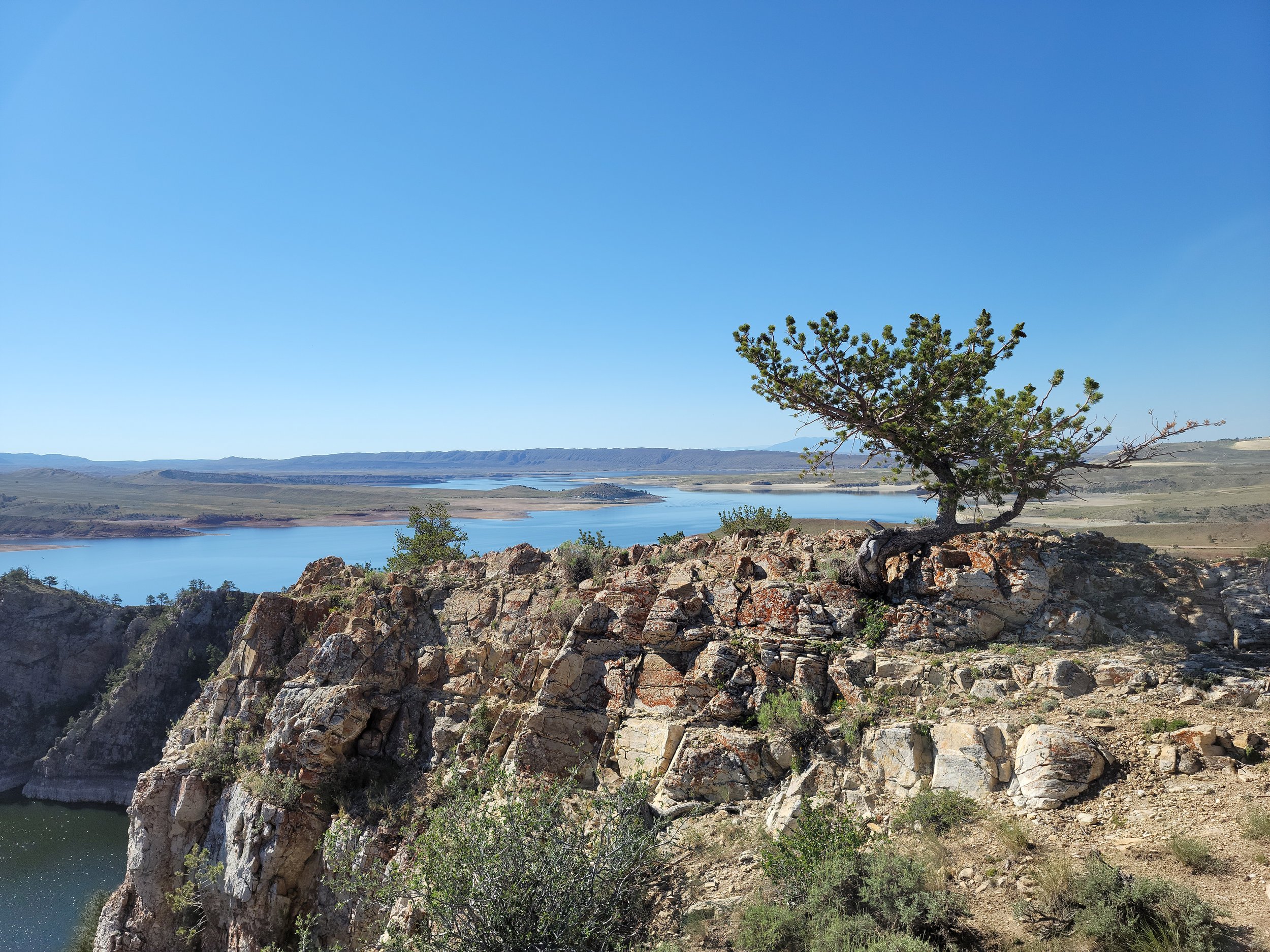Seminoe Pumped Storage Project
The Modern Energy Hub for Wyoming Wind Energy.
The Seminoe Pumped Storage Project is a 900 megawatt pumped hydro energy storage project being developed in Carbon County, Wyoming. This type of system shifts water between an upper reservoir and a lower reservoir to store energy and generate power when needed. In this case, the lower reservoir will be the existing Seminoe Reservoir. The project will bring substantial economic benefits to the local community and will serve as an important element of Wyoming’s modernized and reliable energy infrastructure.

















